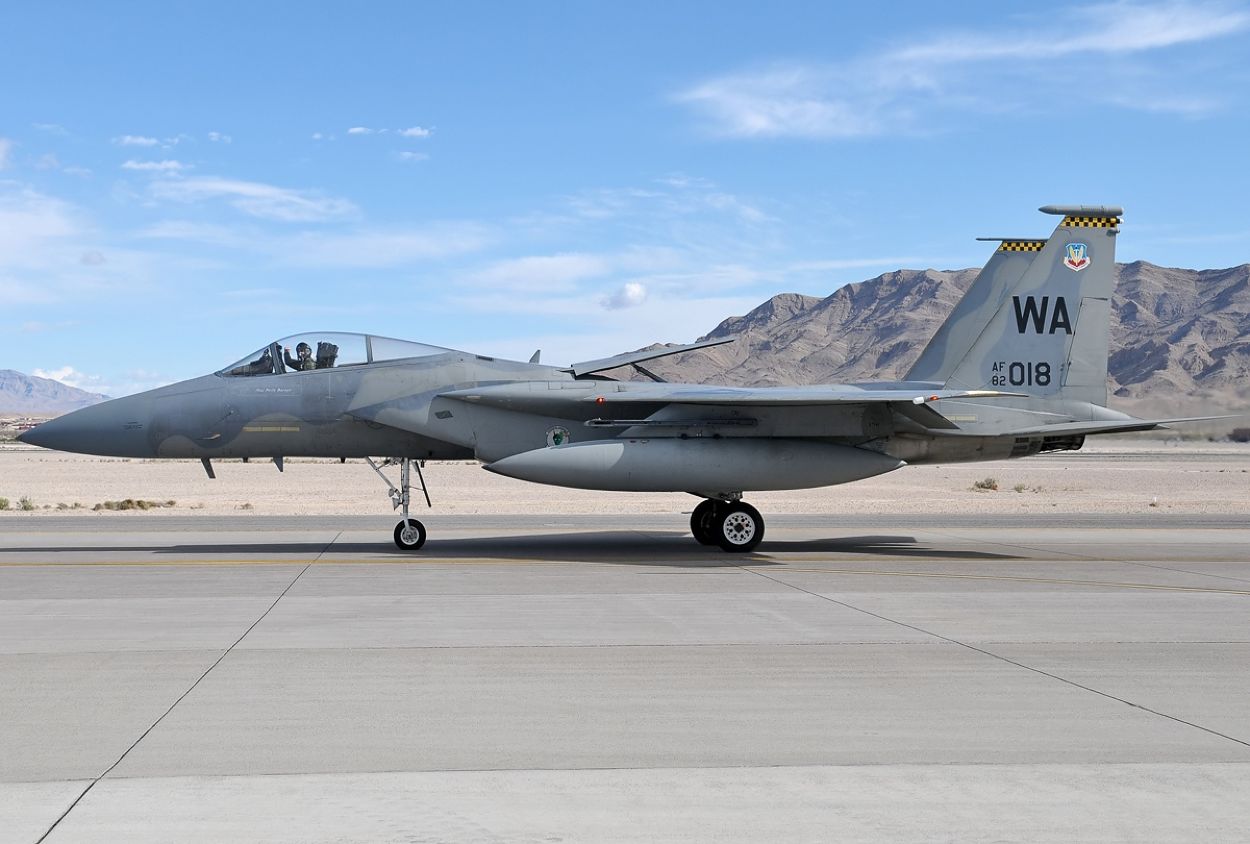On February 17, the guided-missile destroyer USS Barry departed from Yokosuka, Japan, capping off a six-year deployment in the Indo-Pacific region.
The US 7th Fleet announced the departure of the warship from Tokyo Bay in a news release on Friday. The US 7th Fleet said the Barry would sail towards its new homeport, Naval Station Everett, Washington, where it is slated for routine maintenance.
Capt. Walt Mainor, commander of Destroyer Squadron 15 and Carrier Task Force 71, stated that Barry and her crew kept guard in the Western Pacific for almost seven years.
Mainor continued that the vessel leaves an outstanding legacy of being the Navy’s oldest destroyer that completed the task, held the line, and consistently delivered incredible firepower.
In March 2016, the Arleigh Burke-class destroyer made its way to Japan and began patrolling alongside the Ronald Reagan Carrier Strike Group.
USS Barry (DDG 52) departed Commander Fleet Activities Yokosuka, Japan, Japan Feb. 17, as part of a scheduled homeport shift following six years of service forward-deployed to U.S. 7th Fleet. #USNavy | #SafeSailing
Read more: https://t.co/Iqw4p4rS46 pic.twitter.com/DwkEyL3cfx
— 7th Fleet (@US7thFleet) February 17, 2023
The vessel served in the region “while assigned to Commander, Task Force (CTF) 71/Destroyer Squadron (DESRON) 15, the Navy’s largest forward-deployed DESRON and the 7th Fleet’s principal surface force.”
The 7th fleet, the largest forward-deployed numbered fleet in the US Navy, frequently collaborates and engages with allies and partners to maintain an open and free Indo-Pacific.
During its deployment in the Indo-Pacific, the Barry took part in seven multinational exercises, traveled to 12 foreign ports, and covered approximately 3.8 million miles at sea, according to the news release.
Also, the vessel collaborated with allies and partners from Japan, South Korea, India, Australia, New Zealand, Singapore, Great Britain, and the Philippines to promote a free and open Indo-Pacific.
Nevertheless, the ship has started its 17-day journey to the United States. The USS Shoup, which joined the 7th Fleet in December, takes over the duties of the Barry. It is the fifth Flight IIA destroyer in Destroyer Squadron 15 and can accommodate two MH-60 Seahawk helicopters.
According to the US Navy, the Indo-Pacific region’s security climate necessitates stationing its most capable ships there. The US Navy’s most powerful ships with the most striking power and operating capability are deployed in this posture, allowing maritime and joint forces to respond quickly.
The US Air Force has lately adopted a similar strategy whereby the service withdraws outmoded defense equipment from Japan and deploys more powerful, cutting-edge weaponry.
Late last year, the USAF decided to withdraw its entire F-15C/D fighter jet fleet from Japan, and on November 4, it sent about a dozen F-22 Raptors to Okinawa to start a six-month rotation.
At the time, Ben Lewis, a defense analyst, told the EurAsian Times, “F-15Cs are an older platform, much less capable than the F-22. If there is a conflict in the region, especially if that conflict is against the PRC, it makes much more sense to have advanced fighters at Kadena than F-15s.”

USS Barry Operations In The Region
The destroyer actively participated in Freedom-of-Navigation exercises close to disputed island chains in the South China Sea. It often passed through the Taiwan Strait during its nearly seven years of duty.
In April 2020, the Barry cruised close to the Paracel Islands, a group of roughly 100 islands between Vietnam and the Philippines.
A few days after Barry’s operation, a similar activity was carried out by the guided-missile cruiser USS Bunker Hill (CG-52) through the Spratly Islands chain.
Beijing regularly protests when warships from other countries sail in that region. At the time, Li Huamin, a China’s Southern Theater Command spokesman, referred to Barry’s activities as “provocative” and alleged that they “deliberately increased regional security risks.”
Six months later, the Barry sailed through the Taiwan Strait, another activity frowned upon by Beijing. China regards Taiwan as a separate province that must be reunited with the mainland.

On November 22, 2020, the guided missile destroyer USS Barry again transited the Taiwan Strait, becoming the 12th Navy vessel to do so that year. On September 2021, the destroyer traveled through the strait once more.
The Eastern Theatre Command of the People’s Liberation Army closely monitored the USS Barry’s passage.
A spokesman for China’s Eastern Theater Command at the time said the US has frequently engaged in provocative behavior, demonstrating that it is the “biggest troublemaker for the stability of the Taiwan Strait.”
Nonetheless, the US Navy maintains that its operations are essential to maintaining “a free and open Indo-Pacific.”
- Contact the author at ashishmichel(at)gmail.com
- Follow EurAsian Times on Google News




